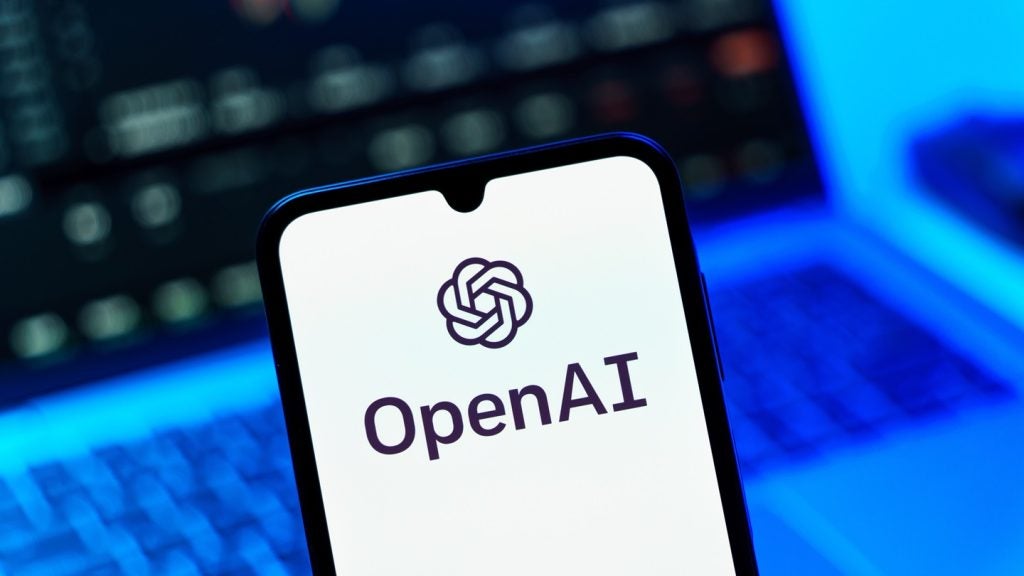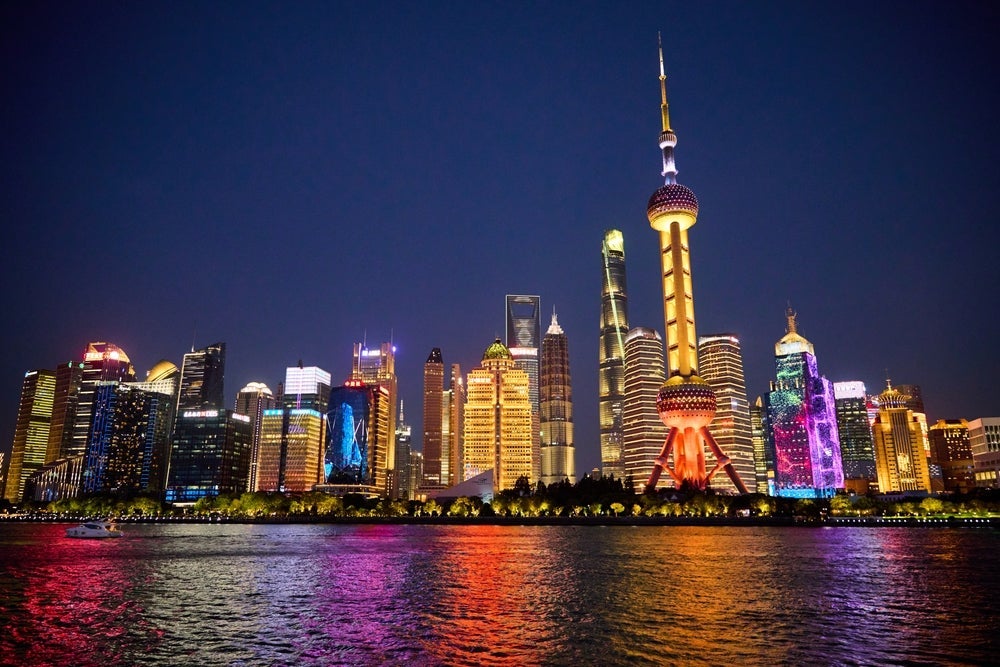
Whether they’re in our homes, offices or on buildings that we walk past every day, there is an estimated 5.9 million surveillance cameras across the UK. CCTV has become a fundamental part of our everyday lives over the last few decades, with everyone from police to small business owners and even homeowners utilising CCTV to help them feel safer and more secure when going about their everyday lives.
The amount of manpower required to monitor every single one of these cameras would be phenomenal: enter artificial intelligence (AI).

Access deeper industry intelligence
Experience unmatched clarity with a single platform that combines unique data, AI, and human expertise.
One of technology’s favourite buzzwords over the past few years, AI is revolutionising the technology behind CCTV, making it smarter, more efficient and giving it the ability to help apprehend a criminal before they’ve even struck.
Despite these strides, just how far can the relationship between AI and CCTV develop to completely overhaul the industry and help CCTV move from a silent partner to a force to be reckoned with in the fight against crime?
Improving efficiency
Until now, if watched at all, CCTV feeds have been monitored by humans. Not only are humans unable to concentrate for long periods of time, but staring at a bank of cameras is both inefficient and ineffective, as well as very labour-intensive. With this intensity of labour, small businesses especially have to consider the cost if they want their premises monitored properly.
Modern day CCTV cameras are, of course, equipped with motion-detection software and the ability to record in the dark, but these features can be ineffective, with wildlife or even movement of vegetation causing alarm activations. This coupled with the human inability to discern significant events after a sustained period of time of monitoring video means that there’s a need for AI to bridge that gap, changing CCTV cameras from a passive observer to an active one, with the eye in the sky becoming the brain in the sky.

US Tariffs are shifting - will you react or anticipate?
Don’t let policy changes catch you off guard. Stay proactive with real-time data and expert analysis.
By GlobalDataAI enabled CCTV is already able to discern between a vehicle, an animal or a human, making alarm activations less frequent and more reliable.
Further still, systems will be able to learn about the properties they are protecting, ultimately realising when people should and shouldn’t be there, enabling the system to alert a human or even the police to any activity that it deems suspicious.
From reactive to proactive
The pace at which the technology is evolving means that CCTV will be ever increasingly proactive rather than reactive.
AI will be able to identify suspicious actions of individuals that look like they may be about to commit a crime. From noticing someone picking up a large number of the same item from a shelf (known in retail as “shelf sweep shoplifting”), to spotting someone that looks like they’ve been loitering in a store for too long, AI will be able to spot these actions and alert a human to investigate the situation further.
Further still, AI will be able to recognise persistent offenders and their vehicles, perhaps even alerting staff to their presence on site before they have even entered a businesses’ premises.
However, caution should of course be urged here, with careful consideration around the European Union’s General Data Protection Regulation (GDPR) requirements and privacy in general needing to be factored into the development of any technology that utilises facial and vehicle identification.
Read more: Your CCTV cameras might be breaching GDPR — here’s everything you need to know
Confidence for law enforcement
Although these advances will predominantly help small businesses and large conglomerates in the first instance in terms of becoming more efficient and helping prevent crime, there’s also scope for law enforcement to reap the benefits, improving the working relationship between the public and private sector when it comes to fighting crime.
As technology develops, police will know that any notification of a crime that’s been committed or is in the process of being committed will be 100% accurate, meaning that false responses and wasted police time could be a thing of the past; something that, in the face of depleted police resources across the UK, can only be a positive thing.
Footage will also be easily stored, with simple metadata tagging applied by AI to clips of footage; should footage need to be looked at, either by staff or by police, technology will enable footage to be easily found using generic search terms, even without times and dates. Such ease and accessibility will further add to the efficiency and ease of running and monitoring a CCTV system.
Not only do security providers, such as ADT Fire & Security, need to continue to develop and embrace this technology, we also need to educate those in law enforcement, giving them the confidence to accept and trust this technology and what it is telling them.
Convincing the public
As the use of CCTV and AI becomes more widespread, inevitable questions around both the privacy and efficacy of systems will be asked by members of the public. Both suppliers of this technology and businesses that choose to use it should be braced for important questions around privacy and how this technology will protect the civil rights of the general public.
Creators of the technology need to ensure that, when implicating someone in a crime, there is no margin of error when it comes to either the accusation or the identification.
In the first instance, any decisions that a system makes will still need to be checked by a human. AI does not yet have the capability to discern subtleties between events or to take an overall view as to what the bigger picture is.
However, whether businesses and tech firms will have a role to play when it comes to helping deliver social justice should not be the question. Instead, conversation should focus around how such technology will benefit society when it comes to individual safety and security, ultimately leading to businesses feeling more empowered when it comes to helping and aiding law enforcement.
AI and CCTV: Revolution not evolution
The integration of AI into systems will effectively overhaul an industry where previous innovation in recent years has been centred around the quality of video captured and the integration of being able to control security, lighting and heating remotely through one provider.
Ultimately, the incorporation of AI into CCTV will undoubtedly help the market to further prove its worth and place in 2019 and beyond, thus the industry needs these developments to continue coming to the fore at the rate we’ve seen over the past few years.
CCTV needs to move beyond being a tool that is used as a reactive and precautionary measure, and instead should take a pre-emptive role in actively recognising the dangers that members of the public, homeowners and business owners alike face on a daily basis, allowing them to take timely and appropriate action.
The early indicators from innovators in the space are good, with some of the features of the machine learning behind CCTV already being incredibly advanced. However, as the developers continue to learn, so will the machines, meaning that this technology and its potential to make us all safer knows no bounds.
The rate at which this technology is developing could lead to traditional, human-monitored CCTV systems being rendered obsolete within the next two decades. However, this depends not only upon the development of the technology, but also at the rate at which businesses, the general public and law enforcement accept and embrace it.







